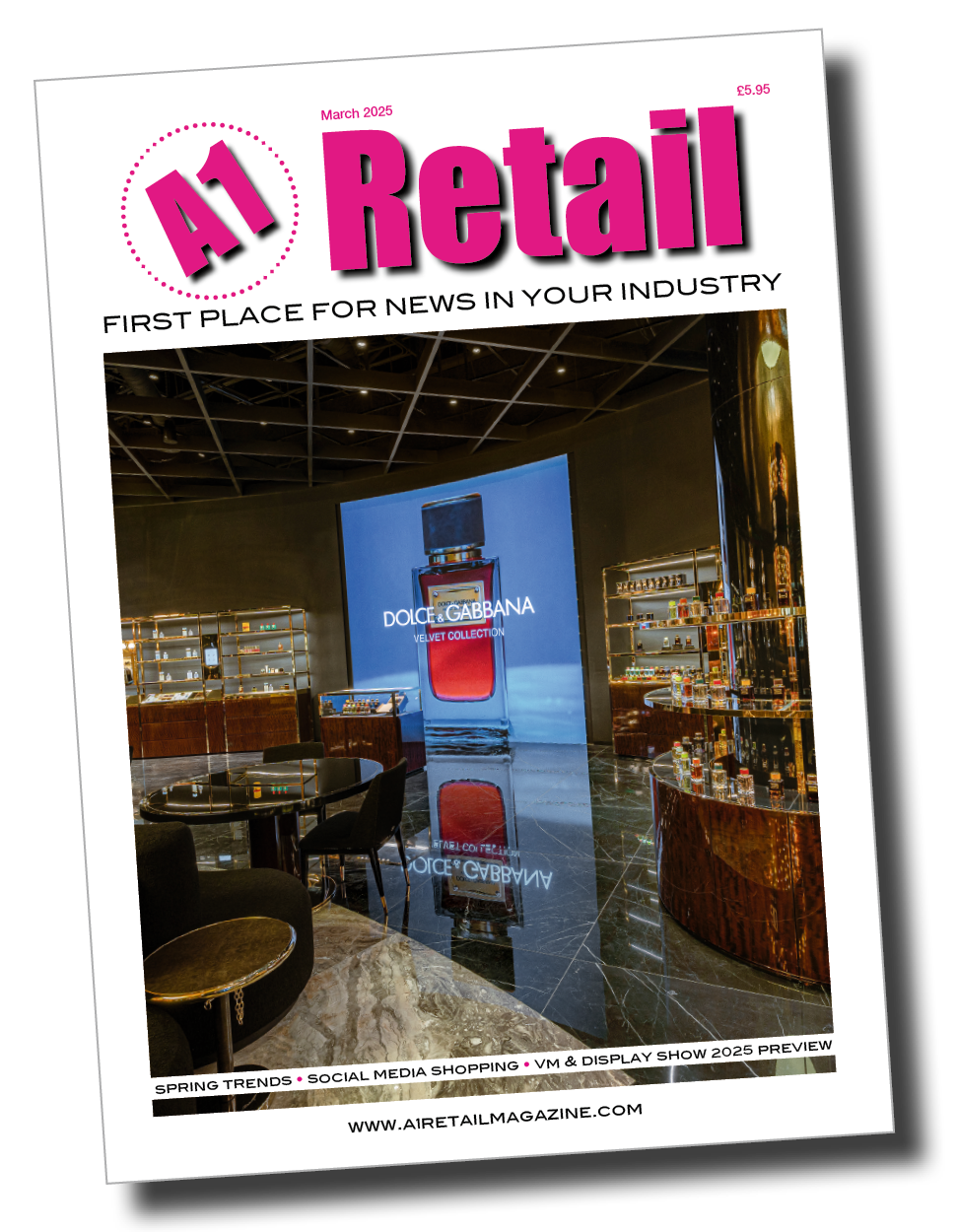
New study reveals the huge disposable income and spending power of the 2023 Women’s World Cup audience in the UK
The Women’s World Cup, the premier event in women’s football, will kick off in July though it is being undervalued, as the dispute between broadcasters and FIFA over TV rights demonstrated – even as interest in the sport keeps growing. Brands who ignore this tournament could be missing out on a huge opportunity, according to new research from Nano Interactive.
Nano’s survey reveals an impressive 67 percent of Brits are planning to watch the tournament this year, with 76 percent saying they are more interested in the Women’s World Cup this year than in 2019, showing a larger and more engaged audience than ever before.
The research also reveals that this year’s fans are diverse and highly valuable. Over a quarter (26 percent) of those planning to watch the tournament have a household income over £60,000 and on average, those who will be watching the world cup will have a monthly disposable income of £100-£300 to spend on luxuries. This means the total disposable income for those watching the tournament will be a staggering £7 billion1.
The audience for the biggest women’s football tournament is also almost equal in gender split, with 52 percent male and 48 percent female viewers, challenging the notion that women’s football is primarily watched by women.
The largest age group is viewers aged 25-44, accounting for 42 percent of the expected viewership, with 25 percent aged over 55, representing a huge opportunity for brands to reach audiences with significant spending power. One in six (15 percent) will be Gen Z but Nano’s research shows that this group is more privacy conscious than other generations, with 76 percent regularly browsing online in incognito mode and 67% using a VPN, making them largely unaddressable.
As well as opportunities to reach consumers during the matches, the research also highlights how advertisers can reach fans outside of this. Over half (61 percent) of Women’s World Cup fans will be consuming news and updates around the tournament and 38 percent will turn to social for related content. With the majority of matches being shown in the morning in the UK due to the time zone difference in Australia and New Zealand, contextual advertising could represent a critical opportunity for brands to advertise at different times of day, such as for alcohol brands.
The research also revealed that advertisers should consider approaches avoiding the use of personal data around the World Cup. Over 40 percent of viewers said they are reluctant to share personal data for targeted advertising during the tournament.
Niall Moody, CRO of Nano Interactive, said “The Women’s World Cup is set to be the biggest ever, not just for sports fans but for advertisers too. Our research shows huge numbers of the UK population will be following the tournament which represents a major opportunity for advertisers to reach them both during matches, but also when consuming football-related content. However, it’s clear that consumers also want their personal data respected. Brands and advertisers who embrace truly ID-free targeting this summer will still be able to reach the same demographics as people-based targeting, but in a more respectful way that is future proof.”
1The average disposable income for those watching the tournament = £100-£300. The UK Adult population = 52,403,344. 67 percent will be watching the tournament, 67 percent of UK adult population = 35,110,240. If we take the midpoint of the average disposable income amount, the average monthly disposable income of those watching the tournament is £200 x 35,110,240 = £7,022,048,000.









